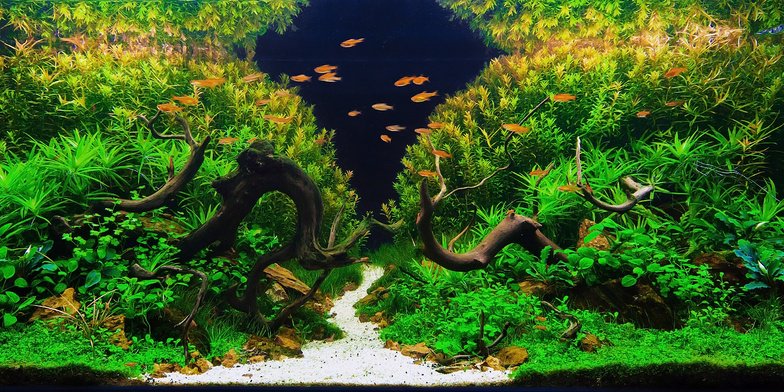Why Rotala Stem Plants Are Essential for Healthy Aquarium Environments
When it comes to maintaining a thriving aquarium, selecting the right plants can significantly impact the health and balance of the aquatic environment. Rotala stem plants, often hailed as essential components in freshwater aquariums, offer numerous benefits that contribute to a vibrant and well-functioning aquatic ecosystem. Their role in enhancing water quality, supporting fish health, and promoting overall aquarium stability makes them a popular choice among aquarists.
Enhancing Water Quality
One of the primary reasons Rotala stem plants are valued in aquariums is their ability to improve water quality. These plants are highly effective at absorbing excess nutrients, particularly nitrogen and phosphorus, from the water. These nutrients often accumulate as a result of fish waste, uneaten food, and decomposing organic matter. If left unchecked, high nutrient levels can lead to undesirable algae blooms, which can disrupt the balance of the aquarium and negatively impact fish health. Rotala plants help mitigate this issue by utilizing these nutrients for their growth, thereby reducing the risk of algae proliferation and maintaining clearer, cleaner water.
Providing Oxygen and Reducing Carbon Dioxide Levels

Like all aquatic plants, rotala blood red plants contribute to the oxygenation of the aquarium. Through the process of photosynthesis, these plants convert carbon dioxide CO₂ into oxygen O₂, which is essential for the survival of fish and other aquatic organisms. Adequate oxygen levels are crucial for the well-being of aquatic life, promoting healthy respiration and reducing stress. By aiding in the regulation of CO₂ levels, Rotala plants help maintain a balanced and stable environment, which is vital for the overall health of the aquarium.
Offering Natural Habitat and Shelter
Rotala stem plants also play a significant role in creating a natural habitat for aquarium inhabitants. The dense foliage of Rotala species provides shelter and hiding spots for fish, particularly those that are shy or territorial. This can help reduce stress and aggression among tank mates, fostering a more harmonious and peaceful aquarium community. Additionally, the vertical growth of Rotala plants adds visual interest and complexity to the aquarium layout, mimicking natural aquatic environments and enhancing the aesthetic appeal of the tank.
Promoting Aquascaping Flexibility
Aquascaping, or the art of arranging aquatic plants and decorations, is a key aspect of creating a visually appealing aquarium. Rotala stem plants are highly versatile and adaptable, making them an excellent choice for various aquascaping styles. Their ability to grow rapidly and their diverse range of colors and shapes allow aquarists to experiment with different layouts and designs. Whether you prefer a lush, forest-like appearance or a more open, minimalist look, Rotala plants can be tailored to suit your aesthetic preferences while also providing functional benefits.
Incorporating rotala stem plants into a freshwater aquarium provides a multitude of benefits that contribute to a healthier and more balanced aquatic environment. Their ability to enhance water quality, support oxygen levels, offer natural habitat, and facilitate flexible aquascaping makes them an invaluable addition to any tank. By understanding and leveraging the advantages of Rotala plants, aquarists can create a thriving, vibrant ecosystem that supports the well-being of both fish and plants, ensuring a visually stunning and sustainable aquarium.

